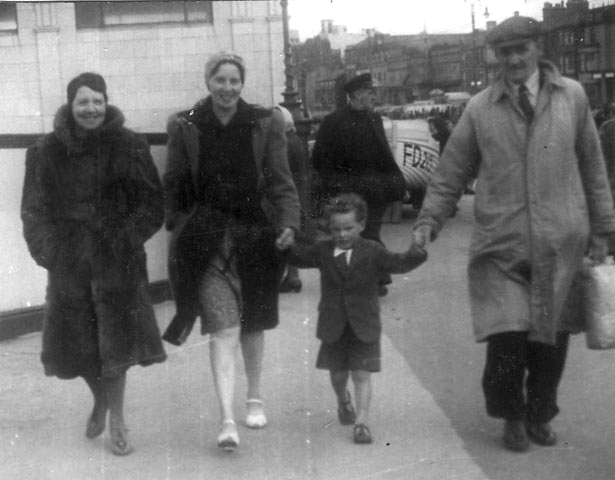Book review: Street The Human Clay. Lee Friedlander
This excellent review by John Meehan kicks off a series of posts by guest publishers. Hardcover: 224 pages Images: 209 duotones Publisher: Yale University Press (4 Oct. 2016) Language: English Product Dimensions: 28.7 x 2.5 x 24.9 cm Price paid: £40.50 (from Amazon, UK) _________________________________________________________________ Lee Friedlander’s Street The Human Clay is the third in a projected six book series entitled ‘The Human Clay’ published by Yale University Press started in 2015. Each title in the series gathers together images of people grouped thematically. So far we have seen a volume on Children and one of Portraits.









